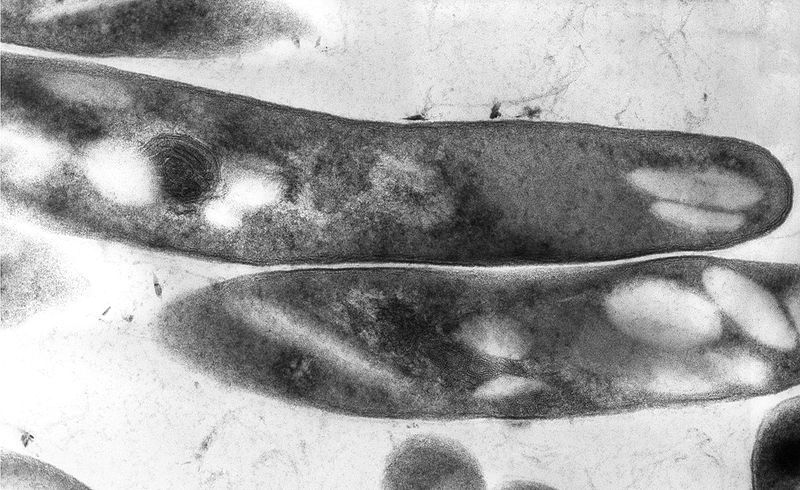-
 Eucalyptus
Eucalyptus
-
 Neutron
Neutron
-
 INRA
INRA
-
 GNSS
GNSS
-
 Basilar
Basilar
-
 Zero day Exploit
Zero day Exploit
-
 Slip face
Slip face
-
 WDM
WDM
-
 Intrusion prevention system
Intrusion prevention system
-
 M3
M3
-
 EPR paradox
EPR paradox
-
 Rosacea
Rosacea
-
 Reach
Reach
-
 RNA polymerase
RNA polymerase
-
 Waste-to-energy
Waste-to-energy
-
 Anastomosis
Anastomosis
-
 Biotope
Biotope
-
 Internal fertilisation
Internal fertilisation
-
 Riparian plant
Riparian plant
-
 Mycosis
Mycosis
-
 SECAM
SECAM
-
 Bonding
Bonding
-
 STN
STN
-
 Fishery resource
Fishery resource
-
 Ecchymosis
Ecchymosis
-
 Hadron
Hadron
-
 Taxonomy
Taxonomy
-
 Wild cherry
Wild cherry
-
 Radiation-oncologist
Radiation-oncologist
-
 Geological storage
Geological storage
Buruli ulcer
The Buruli ulcer is a tropical disease caused from infection by Mycobacterium ulcerans.
Cause of the Buruli ulcer
The Buruli ulcer is caused by infection from the bacteriumhttp://www.futura-sciences.com/fr/doc/t/medecine-1/d/bacteries-et-microbes-en-tout-genre_704/c3/221/p1/ Mycobacterium ulcerans, which belongs to the same family as the agents responsible for leprosy and tuberculosis.
Transmission of the Buruli ulcer
The exact method of transmission is unknown. However, the bacterium is believed mostly to infect regions of the body which have already been injured. In addition, the insect vectors can transmit the diseases to laboratory animals and may be the mechanism of transmission.
Symptoms of the Buruli ulcer
Infection with the bacterium causes damage to the skin and soft tissues with the formation of large ulcers. These are usually found on the limbs (legs or arms). If the disease is not treated promptly it can cause long lasting handicap, both medical (particularly in joints) and aesthetic.
Treatment of the Buruli ulcer
Treatment involves long term antibiotics. Surgery is also used to remove necrotic tissues and avoid physical incapacity.
 Mycobacterium ulcerans is the agent responsible for the Buruli ulcer. © Centres for Disease Control and Prevention, public domain
Mycobacterium ulcerans is the agent responsible for the Buruli ulcer. © Centres for Disease Control and Prevention, public domain
Latest
Fill out my online form.



